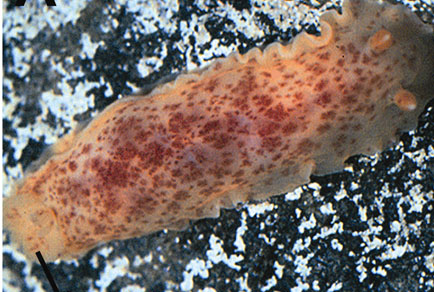Abstract
The anatomy of the temperate Australian doridoidean nudibranch Dendrodoris maugeana Burn, 1962 was examined for the first time. This investigation was undertaken to address a recognised gap in our taxonomic knowledge and to increase our understanding of the structural diversity found within the radula-less taxon Dendrodoris. The structural detail of the ptyaline gland, oesophagus and pharynx in D. maugeana were the same as that found in other members of the genus. However, ptyaline gland shape, gonad position and form, prostate gland arrangement and vaginal-wall structure were different to any other member of the genus previously investigated. The ptyaline gland was found to have elongate, dorsal extensions, the gonad was totally separated from the digestive gland, the prostate gland was intimately folded around the bursa copulatrix, and the vagina contained ciliated pouches. In addition, the results contradict previous interpretations of the pharynx, oesophagus and salivary glands used in recent phylogenetic analyses of porostomes. This knowledge will contribute to elucidation of homologous structures and clarification of the relationships between radula-less (porostome) and radula-bearing doridoidean nudibranchs.

